Copyright 2010 by Jennifer Homans All rights reserved.
Published in the United States by Random House, an imprint of The Random House Publishing Group, a division of Random House, Inc., New York.
RANDOM HOUSE and colophon are registered trademarks of Random House, Inc.
Illustration credits are located beginning on page 641.
Homans, Jennifer. Apollos angels : a history of ballet / Jennifer Homans. p. cm. Includes bibliographical references. eISBN: 978-0-679-60390-0
1. BalletHistory. I. Title. GV1787.H58 2010 792.8dc22 2010006945
 WAS researched and written over the course of a decade and draws on a lifetime spent in dance. I have incurred many debts: to people, places, books, and performances far too numerous to name here. I owe heartfelt thanks to them all.
WAS researched and written over the course of a decade and draws on a lifetime spent in dance. I have incurred many debts: to people, places, books, and performances far too numerous to name here. I owe heartfelt thanks to them all.
The idea for Apollos Angels grew out of conversations with Jerrold Seigel and Richard Sennett, whose own work and ideas convinced me that a cultural history of dance was worth writing. I have learned from many other historians along the way but have been especially influenced by the work of Paul Bnichou, Orlando Figes, Marc Fumaroli, James H. Johnson, Carl Schorske, Richard Wortman, and Frances Yates. In dance, I stand on the shoulders of many scholars and writers, including Joan Acocella, Arlene Croce, Robert Gottlieb, the late Wendy Hilton, Deborah Jowitt, Julie Kavanagh, Margaret M. McGowan, Richard Ralph, Nancy Reynolds, Tim Scholl, Roland John Wiley, and Marian Hannah Winter.
I owe special thanks to Ivor Guest, a pioneer in scholarship on French ballet, who kindly invited me into his home and shared his research; to Clement Crisp, whose sharp injunction to avoid postmodern jargon was always to the fore; and to Alastair Macaulay and Jann Parry, who gave generously of their time and corresponded with me at length about ballet in Britain. Elizabeth Kendalls work was always in my mind, and I am grateful for her expertise and close reading of many of these chapters. Lynn Garafolas scholarly example and guidance are invaluable, and she too read and critiqued sections of the manuscript. In another key, I owe much to Philip Gossett, whose own pathbreaking work on opera has been an inspiration and who kindly read my chapter on Italian ballet. Anne Hollander taught me to see performers, and their clothes, in a new light. Judy Kinbergs close reading of several chapters was invaluable.
This book required travel, and I am grateful to the many scholars who guided my research in cities across Europe. In Copenhagen, Knud Arne Jrgensen shared his own research and extensive knowledge of the Danish Royal Library archives, and Erik Aschengreen generously offered advice. In Stockholm, Erik Nslund of the Swedish Dance Museum kindly gave assistance, and the late Regina Beck-Friis invited me to her home to discuss her work and historical reconstructions at the Drottningholm Theater. In Moscow, Elizabeth Souritz spent hours answering my questions about Soviet ballet, and I have also benefited greatly from correspondence and meetings with the Russian critic Poel Karp.
In Paris, Martine Kahane pressed me to delve further into the Archives Nationales, and the late Francine Lancelot demonstrated the intricacies of baroque dance in her living room. Wilfride Piollet and Jean Guizerix talked with me at length about the history of ballet technique and showed me their reconstructions of nineteenth-century steps. The staff at the Paris Opera Library went out of their way to help, even taking me into the storage vaults where they pulled out boxes of old ballet shoes, including those of Marie Taglioni. In London, Kevin ODay and Janine Limberg at the Royal Ballet patiently arranged for me to view company videotapes, and Francesca Franchi guided me through the Royal Opera House Archives. At the Rambert Dance Company Archives, Jane Pritchard generously stayed after hours to screen old clips of Ashton dances.
To the archivists and librarians at the Jerome Robbins Dance Collection of the New York Public Library for the Performing Arts I owe a deep and ongoing debt. They never tired of my requests or the long arc of my project, offering help at every stage. I thank them all, especially Madeleine Nichols, former curator of the collection, who graciously allowed me to work for long mornings even when the library was closed. Christopher Pennington, executive director of the Jerome Robbins Foundation and the Robbins Rights Trust, kindly gave me access to films of Robbinss ballets.
To my dance teachers I owe everything. I was fortunate to study with many of the best. Melissa Hayden and Suzanne Farrell were mentors, and their example and friendship taught me much of what I know about ballet. The influence of Jacques dAmboise is everywhere in these pages; he kindly read sections of the manuscript, and I cherish his fierce, generous comments scrawled in the margins. I am also beholden to Maria Tallchief, Mimi Paul, Sonja Tyven, Robert Lindgren, Dinna Bjrn, Suki Schorer, Alonso King, Kazuko Hirabyashi, Francia Russell, and the late Stanley Williams, and to an older generation of teachers who first gave me a sense of the pastness of ballet: Alexandra Danilova, Felia Doubrovska, Antonina Tumkovsky, Hlne Dudin, and Muriel Stuart.
Other dancers, colleagues, and friends have since taught me more. Merrill Brockway, Isabelle Fokine, Victoria Geduld, Rochelle Gurstein, Katie Glasner, Susan Gluck, Margo Jefferson, Allegra Kent, Lori Klinger, Robert Maiorano, Diane Solway, and Robert Weiss have all shaped my ideas. Thomas Bender and Herrick Chapman both read much of the book in draft. Travels in Greece with Yves-Andr Istel and Kathleen Begala put Apollo in my minds eye, and Mirjana Cirics artistic sensitivity and friendship have sustained me throughout. To Catherine Oppenheimer my debt is immense: we went through dancing together, and her insight has always pulled me back to what matters in ballet.
My editor at Random House, Tim Bartlett, was attentive and patient, and the book benefited greatly from his intelligence; at Granta in Britain, Sara Holloway lent long-distance support. My agents, Sarah Chalfant and Scott Moyers of the Wylie Agency, have been friends and guardian angels every step of the way. The late Barbara Epstein of The New York Review of Books gave me my first opportunity to write about Balanchine and pressed me to think of new ways to write about dance.
To Leon Wieseltier, literary editor of The New Republic, I owe more than I can say. When he appointed me the magazines dance critic in 2001, he was taking a chance: I was unpublished and unknown. He afforded me the opportunity to write about dance, and it is no accident that many of the themes in this book first took shape in his pages. He read


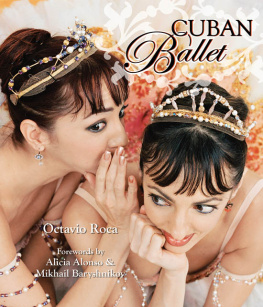
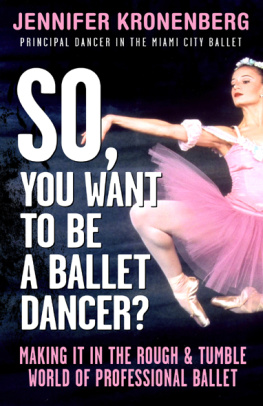
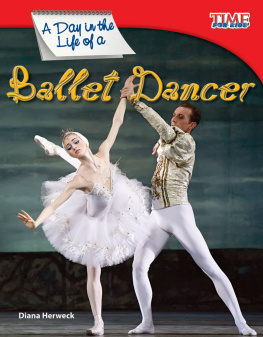
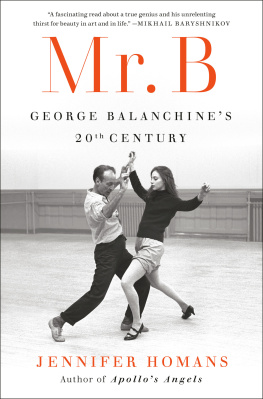

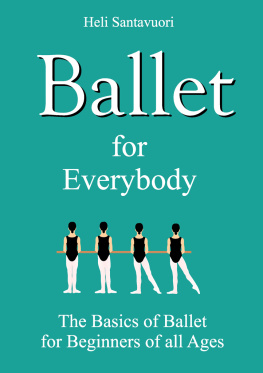
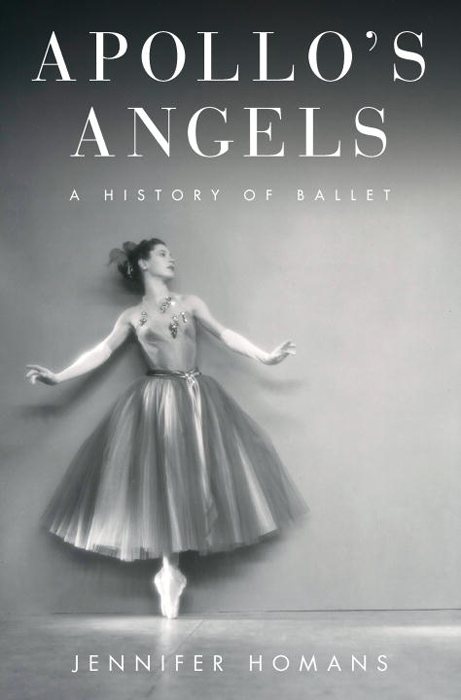



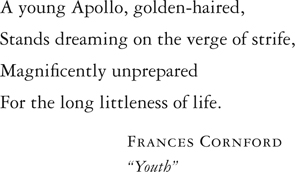

 WAS researched and written over the course of a decade and draws on a lifetime spent in dance. I have incurred many debts: to people, places, books, and performances far too numerous to name here. I owe heartfelt thanks to them all.
WAS researched and written over the course of a decade and draws on a lifetime spent in dance. I have incurred many debts: to people, places, books, and performances far too numerous to name here. I owe heartfelt thanks to them all.